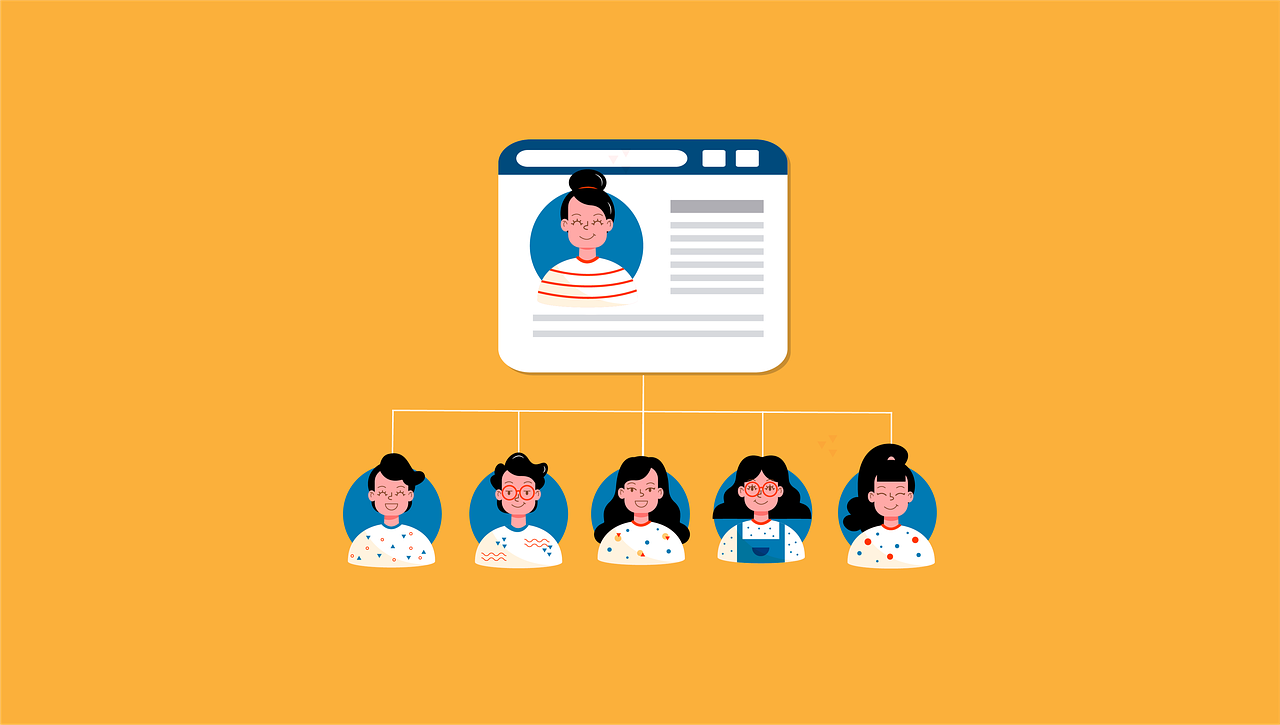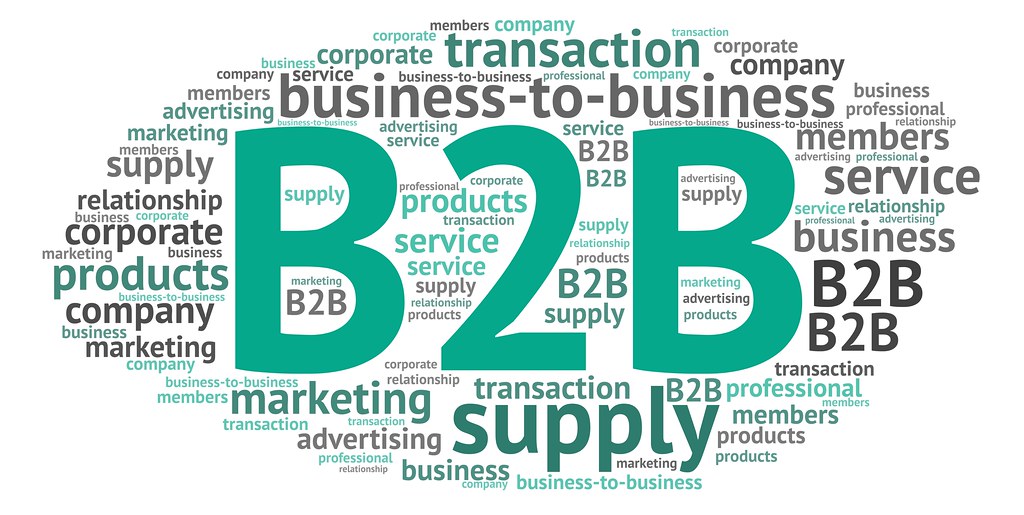
What is your target audience? This is what your buyer persona defines. A well-defined persona serves as a powerful marketing tool, which makes it easy to understand and reach your ideal customers. In this post, we’ll explain how to write a buyer persona for your startup without spending a big chunk of your budget.
What are buyer personas?
A buyer persona is a semi-fictional representation of your target customers. It’s created based on your research and real data. Your customer profile generally includes the following information about your target audience:
- Name
- Location
- Age
- Occupation
- Goals
- Interests
- Family status
- Education level
- Race/ethnicity
- Purchasing behaviors
- Challenges
- Lifestyle
- And more.
This information allows you to make sound business decisions and relate campaigns to your prospects.
Is your Audience B2B (Business to Business) or B2C (Business to Customer)?
It’s time for a short exercise. Take a sheet of paper and draw your ideal customer.
For B2C, think about the following questions:
- Are your customers male or female?
- How old are they?
- Are they married, single, or divorced?
- What do they do for a living?
- What do they do on a typical day?
- How educated are they?
- Where do they come from?
For B2B, think about the following questions:

- Are your customers small, medium, or large companies?
- What industries are they in?
- How many people work there?
- Which departments need your solution?
- Most at the end of the day?
You have to aim for the magical problem-solution fit when customers are ready to pay for your solution because it really solves their biggest problem. So, keep this in mind and use the above-listed basic questions to assess your current idea or any idea you might come up with later.
Segment Your Buyer Personas
You might need to create different buyer personas. But this should not overwhelm you. So, if you’re new to buyer personas and starting with inbound marketing, you can create buyer personas only for the market segments you sell to the most.
Gradually, you can keep updating existing buyer personas or creating new ones as you learn more about the market.
Now, coming to the point, the two most common ways to segment your buyer personas are:
By Industry
If you serve a variety of industries, you can create one buyer persona for each industry. But this is worthwhile if your audience in every industry has different pain points or goals. Otherwise, look at the second approach explained below.
By Job Title
Maybe, your product works differently for people in different roles in the same or different industries. For example, if you sell a time-tracking software system, then it might work differently for lead engineers, contractors, and workers. So, you have to create a different buyer persona for each.
Craft tailored sales and marketing strategies based on your buyer personas.
By now, you must be familiar with your buyer personas, their roles, challenges, and goals. Now, you’re in a better position to develop sales and marketing strategies tailored to your target audience.
When you’re marketing and selling to your most qualified leads, you’re sure to see some serious business growth.
Need expert advice in defining your buyer persona?
Navigating your way through defining your buyer persona can be challenging. That’s why Symphony Software is committed to making your journey easier and more interesting.
Get in touch with us to discuss your idea.
